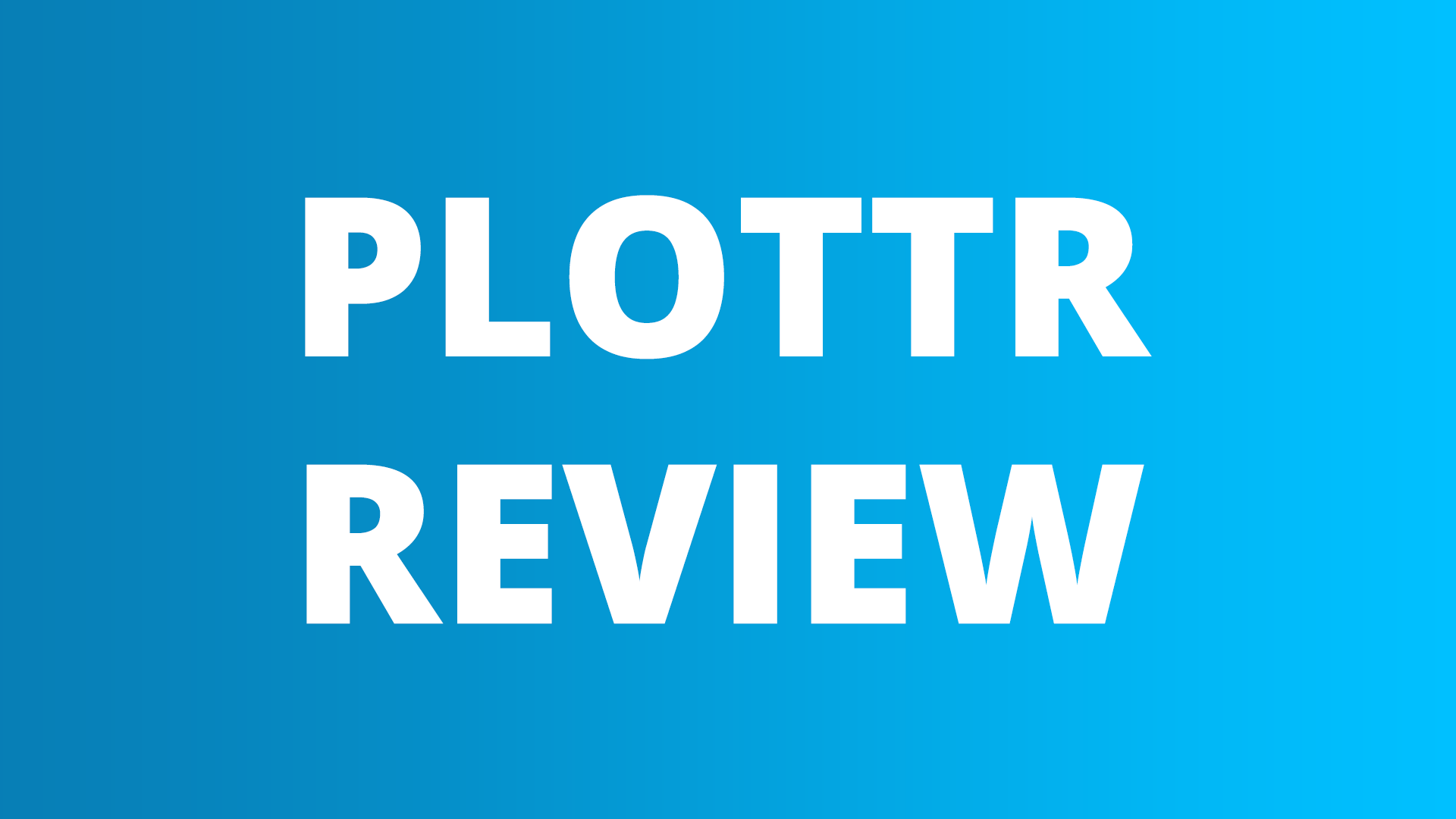Important link: Get Plottr
In the dynamic landscape of creative writing, authors are constantly seeking innovative tools to streamline their writing process. Plottr, a story planning software, has emerged as a promising solution to help writers organize and structure their narratives. This review will delve into the features, usability, and overall effectiveness of Plottr, assessing its capabilities in aiding writers from the initial concept to the final draft.
User Interface and Accessibility:
Plottr boasts an intuitive and user-friendly interface, making it accessible to writers of all levels. The dashboard is organized with a series of visually appealing and easy-to-navigate elements. The timeline, a central component, allows users to chart the progression of their story, providing a visual representation of key plot points, character arcs, and settings.
One of Plottr’s standout features is its flexibility in accommodating various writing styles. The drag-and-drop functionality makes it easy to rearrange scenes, chapters, or even entire story arcs effortlessly. This adaptability allows writers to experiment with different structures, fostering creativity and aiding in the discovery of the most effective narrative flow.
Plottr’s compatibility with both Windows and macOS, along with its cloud synchronization capability, ensures that writers can seamlessly transition between different devices. This is a significant advantage for those who prefer working on a desktop but also want the convenience of accessing their project on a laptop or tablet.
Organization and Planning:
Plottr excels in helping writers organize complex story elements. The ability to create and manage multiple storylines, characters, and locations within a single project is invaluable. Each element is color-coded, making it easy to distinguish between characters, subplots, and main storylines at a glance.
The customizable metadata feature allows writers to add tags, notes, and details to every element. This proves particularly useful for tracking character traits, plot developments, or specific settings. As a result, Plottr serves not only as a visual planning tool but also as a comprehensive database for all aspects of a story.
Collaboration is another area where Plottr shines. Writers working in teams can use the software to share projects, enabling seamless collaboration and real-time updates. The ability to leave comments on specific elements facilitates communication and feedback, enhancing the collaborative writing experience.
Plottr also integrates a robust search and filter system, enabling writers to quickly locate specific scenes, characters, or plot points. This becomes increasingly valuable as a project grows in complexity, saving writers precious time that might otherwise be spent navigating through a myriad of details.
Plot Development and Story Arcs:
One of Plottr’s strengths lies in its focus on aiding writers in developing well-structured plots and compelling story arcs. The Beat Board feature allows writers to break down their story into essential beats or plot points. This methodical approach can be a game-changer for authors who prefer to outline their narratives before diving into the writing process.
The Beat Board is customizable, allowing users to define their own beat types and arrange them in a way that best suits their storytelling style. This adaptability caters to a wide range of genres and narrative structures, from the traditional three-act structure to more experimental formats.
The software also assists in character development by providing dedicated sections for character profiles. Users can outline the background, motivations, and relationships of each character, creating a rich tapestry of personalities that contribute to the overall narrative. The visual representation of character arcs on the timeline provides a quick overview of their development throughout the story.
Exporting and Integration:
Plottr recognizes that writers often transition between planning and writing tools. To facilitate this process, the software supports exporting features compatible with popular writing software such as Scrivener and Microsoft Word. This ensures a smooth transition from the planning phase to the actual writing, allowing authors to maintain their preferred workflow.
The export function preserves the organizational structure, scenes, and notes, reducing the likelihood of information loss during the transition. Writers who have established workflows with other writing tools will appreciate this seamless integration.
Room for Improvement:
While Plottr offers an impressive array of features, there is always room for improvement. Some users may find the learning curve steep initially, especially if they are new to dedicated story planning tools. However, the available tutorials and documentation go a long way in helping users navigate the software effectively.
Additionally, although Plottr’s export functionality is commendable, users might benefit from more options for customization during the export process. Some writers may have specific preferences for formatting or metadata inclusion that are not fully addressed by the current export options.
Conclusion:
In the realm of story planning tools, Plottr emerges as a powerful and versatile solution for authors seeking a comprehensive platform to organize and develop their narratives. Its user-friendly interface, flexibility, and collaborative features make it an excellent choice for writers of varying levels and genres.
Plottr successfully combines visual storytelling elements with robust organizational tools, offering a holistic approach to the writing process. Whether used as a standalone tool or integrated into an existing workflow, Plottr provides writers with the means to transform their ideas into well-structured and compelling stories.
As the landscape of writing software continues to evolve, Plottr stands out as a valuable asset for authors, empowering them to bring their creative visions to life with greater efficiency and precision.
